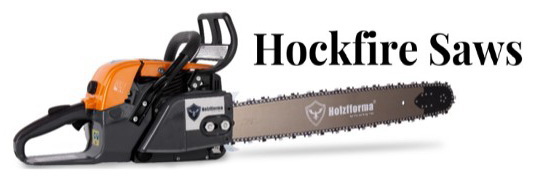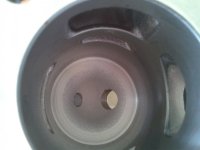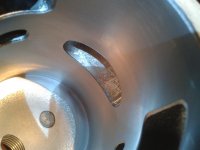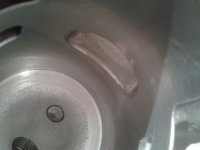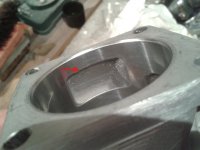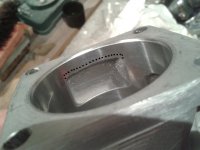MattG
Chainosaurus Rex
- Local time
- 12:35 PM
- User ID
- 3111
- Joined
- Apr 30, 2017
- Messages
- 896
- Reaction score
- 1,432
- Location
- Cambridgeshire, England
Sorry Brad, and anyone else for that matter. But why exactly? Are you saying this because seeing as the piston skirt bottom is cut straight, then by straightening the port floor you are maximising the delivery of mixture once the opening angle is reached?+1. Flatten the floor of the intake port too.
I'm not trying to contradict anyone here....
Anyway if my (above) guess is correct, why not actually cut at the bottom of the skirt and thus match to the inlet port floor that way?
I'm just wondering, like why did Stihl go to the bother of curved port roof and floors, there will be a reason, Stihl being who they are. Presumably it is for good flow.....it can't be for ring life can it? The rings don't pass the inlet floor do they?
Sorry for the excess of the question marks.....I'm trying to write this out fast....wanna go away and order some parts in a minute!






